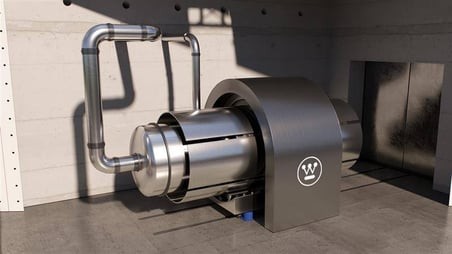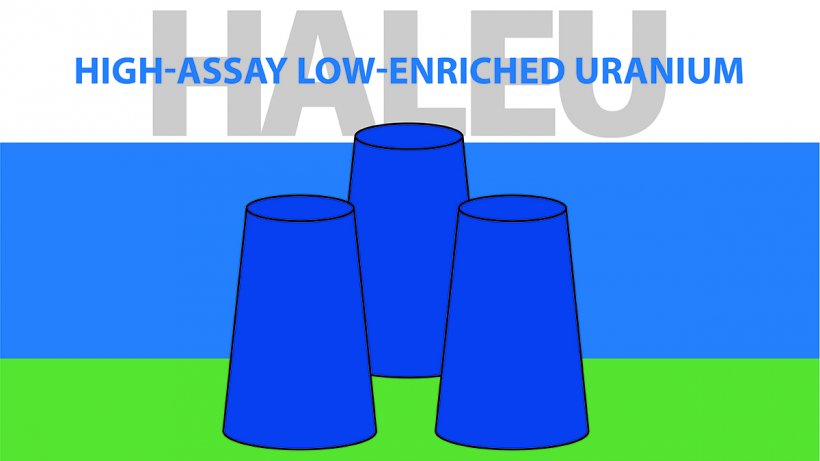American Nuclear Society Executive Director/CEO Craig Piercy hailed the milestone: “Vogtle is a generational investment. When Units 3 and 4 are done and they’re on line, providing power to the grid, they’re going to provide 17 million megawatt-hours of power. That is equivalent to all of the wind turbines in the state of California, and that power is going to be delivered 24/7.”
“It’s going to be clean. It’s going to be reliable. It’s going to power a million homes and businesses, and it’s going to do it for 60 or 80 or maybe even 100 years,” Piercy added.
What’s next: Operators at Vogtle-4 will continue with start-up testing and will raise power—ultimately to 100 percent—to support synchronizing the generator to the electric grid and begin producing electricity.
Just a few weeks ago, Georgia Power announced a delay in bringing Vogtle-4 on line due to vibrations discovered during the testing process. The issue has been fully addressed, and the new unit is expected to reach commercial operation in the second quarter of 2024.
“The new Vogtle units are an essential part of Georgia Power’s commitment to delivering clean, safe, reliable, and affordable energy to its 2.7 million customers,” a company news release said.
History of Vogtle: Georgia Power, the largest subsidiary of Southern Nuclear and lead over of the Vogtle plant, achieved commercial operation of Vogtle-3 on July 31, 2023. These newest units, Westinghouse AP1000s, are the nation’s first new reactors in the United States in decades.
Construction of the units began in 2012 and have faced setbacks, costing both time and money. Vogtle-3 was expected to start generating power in 2016, with Vogtle-4 in quick succession. The plant’s price tag soared from and original cost estimate of $14 billion to more than $30 billion.
When operating at full capacity, each rector can produce enough electricity to power about 500,000 homes and businesses. Vogtle also has two other operating pressurized water reactors; Unit 1 was connected to the grid in 1987, and Unit 2 followed in 1989.








